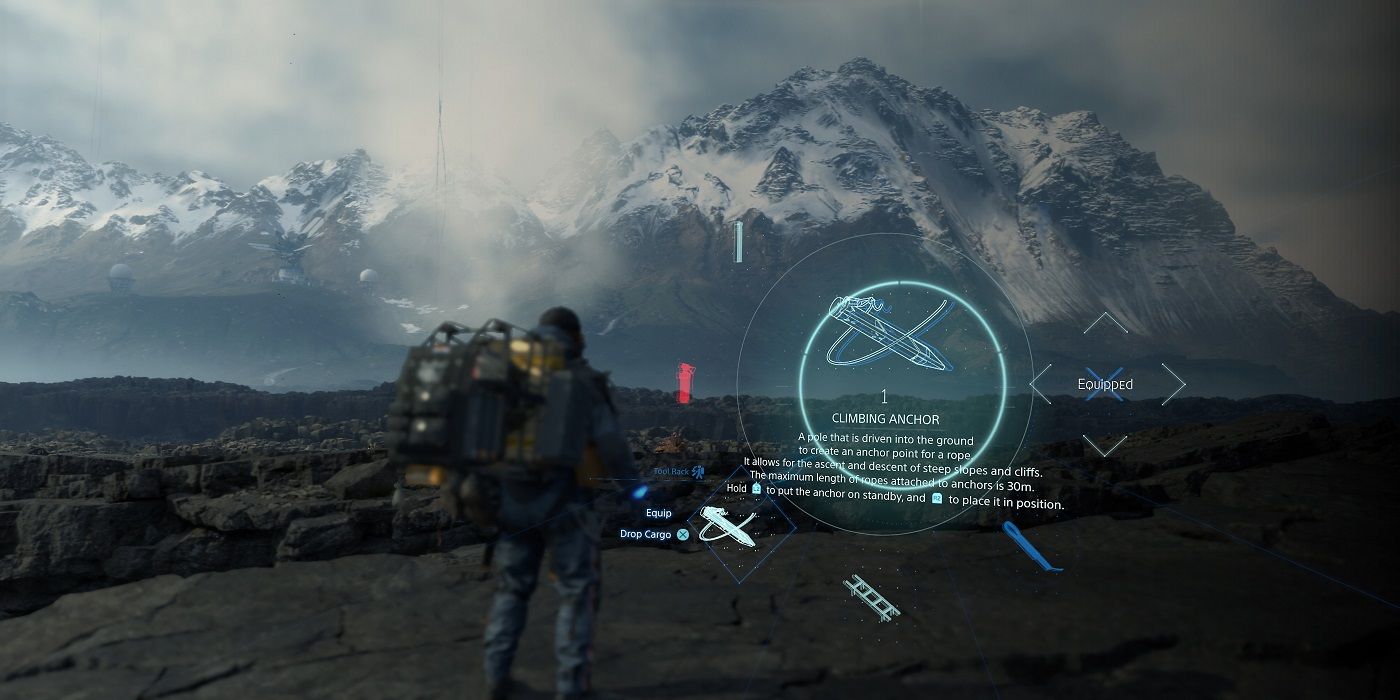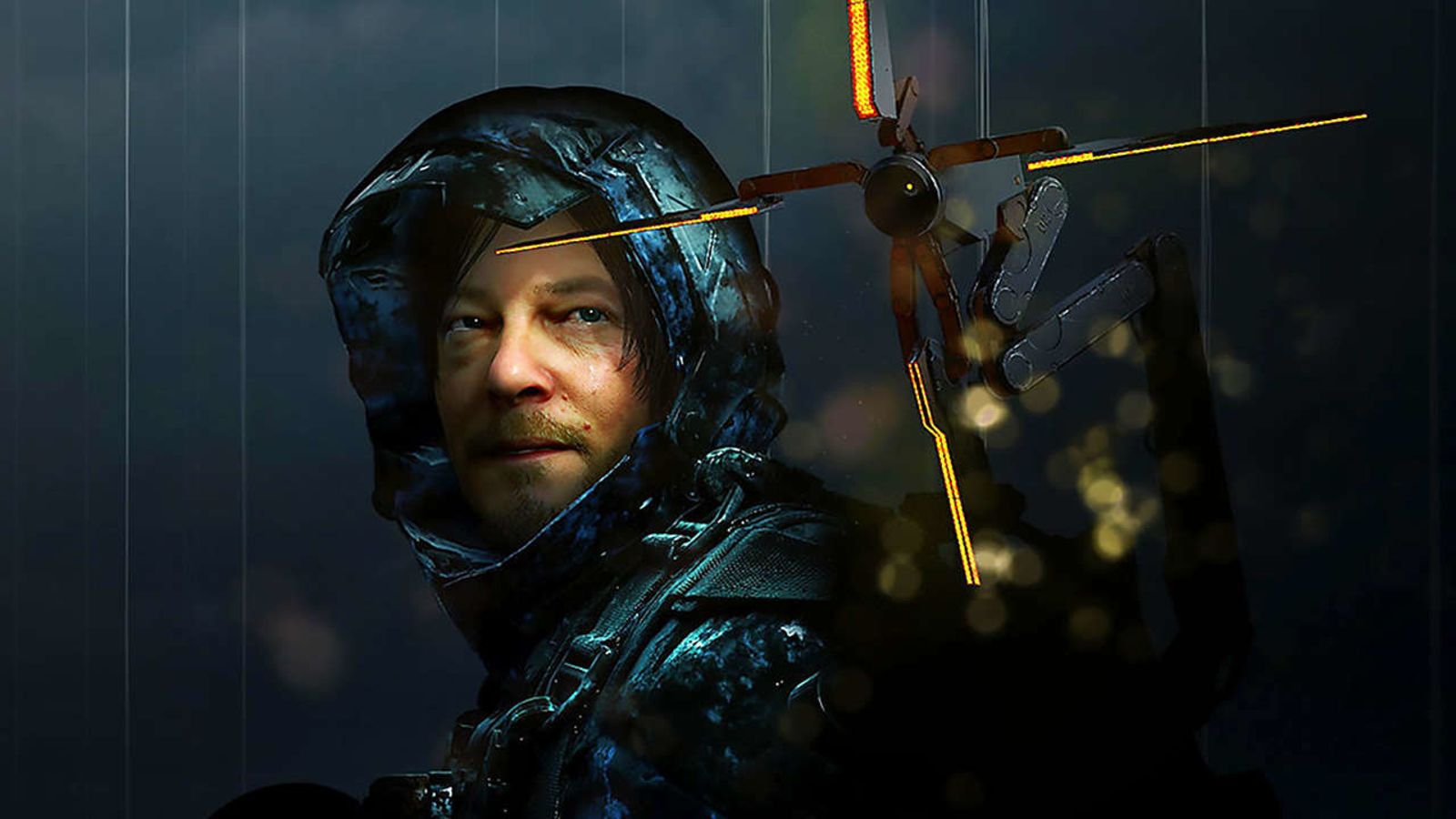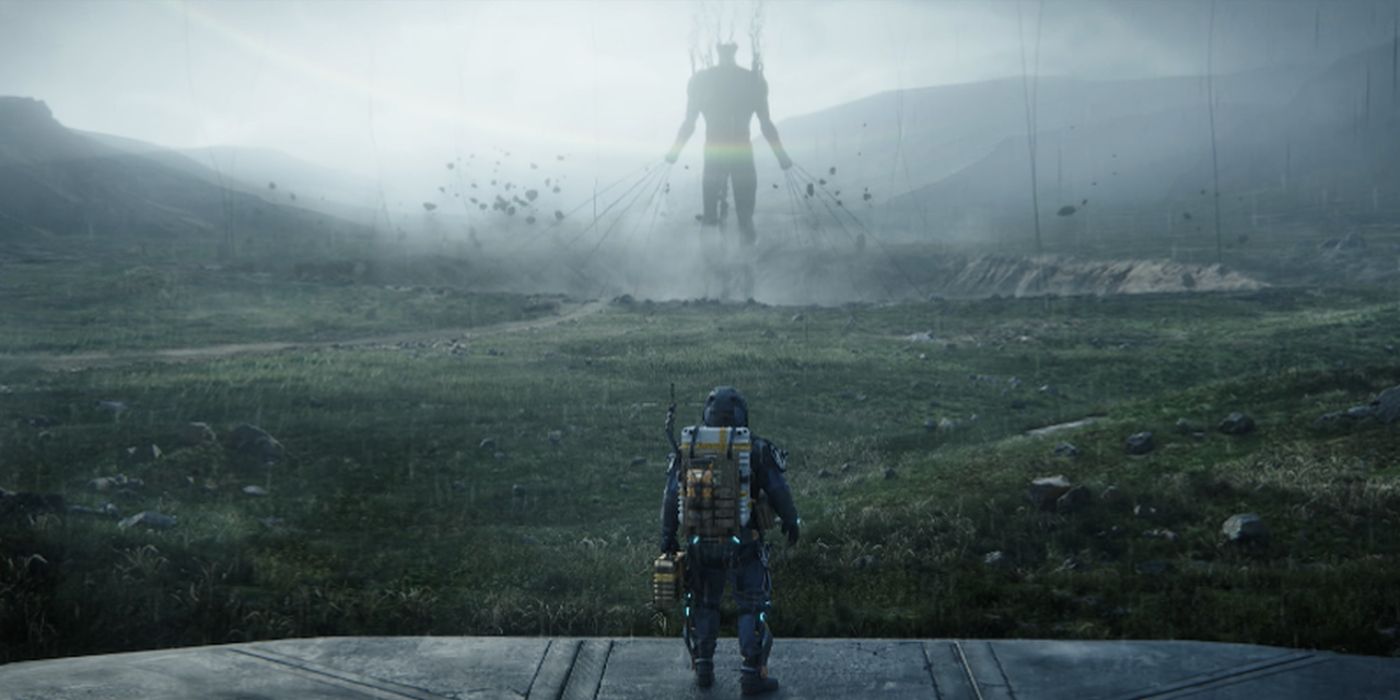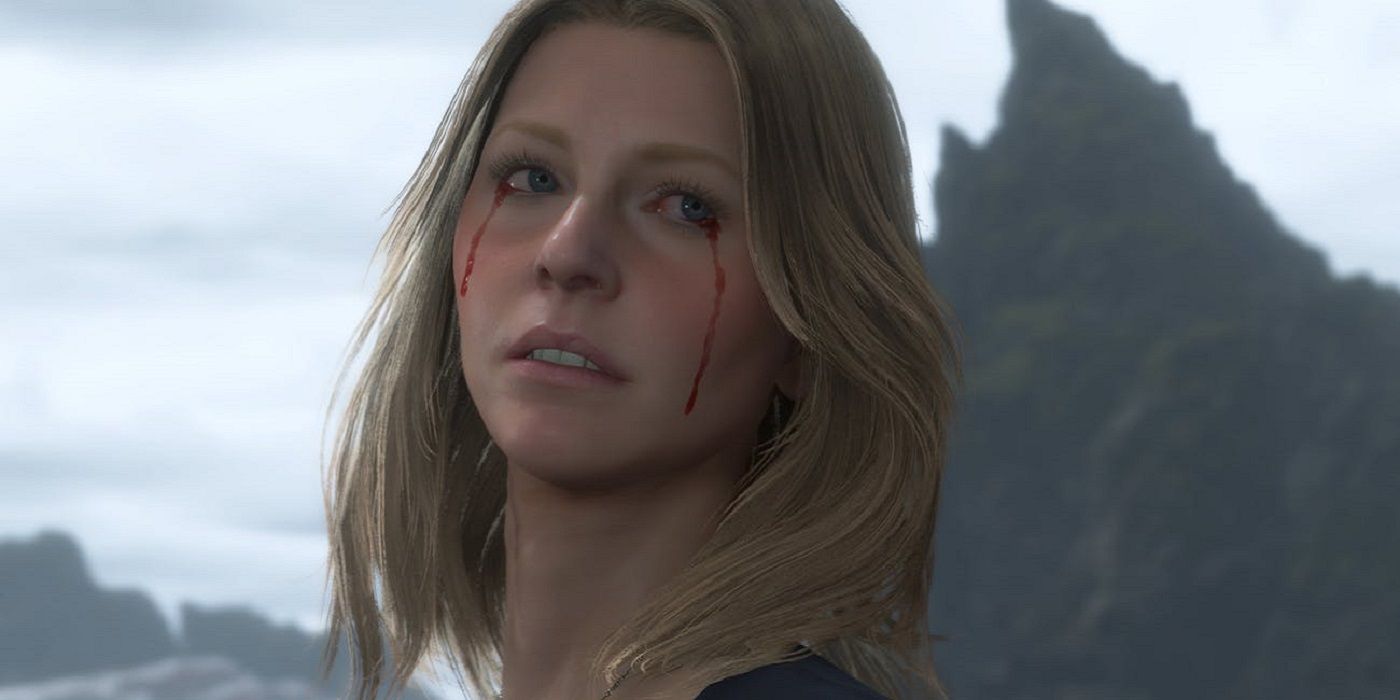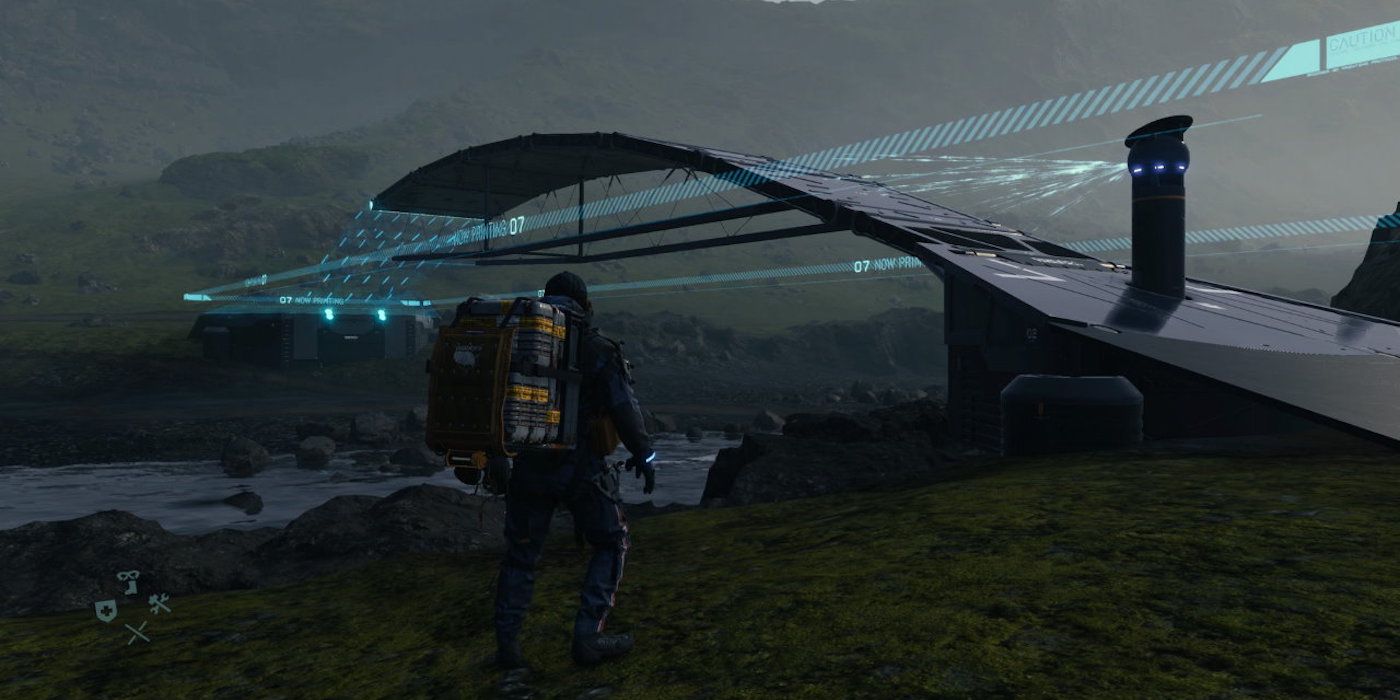Death Stranding is, to say the least, a divisive game. Some praise its experimental and innovative design, while others disparage its boring, clunky gameplay and dumbfounding dialogue. Death Stranding has some strong merits among its quite numerous flaws, and the value that a player takes out of it is entirely dependent on what they want to get out of the game.
Death Stranding at times seems to use its own lack of fun or excitement to express an artistic message through experiential presentation. The success of this artistic expression is questionable, and for many, it is not worth experiencing the less engaging parts of the game.
Death Stranding is slow, strange, often frustrating, and certainly not for everyone. However, a game does not have to be perfect to achieve the goals set out by its developers. One of creator Hideo Kojima's primary goals for Death Stranding was to create a new genre of video game called a "connection" or "strand-type" game.
The creation of an entire genre is usually something that happens slowly over time and is eventually defined by key, influential pieces that master the essential features of the category. To set out to create a new genre as an initial goal, and to state as much before a game's release is incredibly ambitious. Whether the game is fun or not is one matter, but determining whether it represents a new genre will be the real test of Death Stranding's long term success and influence.
What Makes a Genre?
In order to gauge Death Stranding's merit as a new genre of game, it is necessary to set the goalposts by defining what exactly makes a "new genre."
A genre is a class of media that can be easily identified and defined by some primary, essential set of features. For example, platforming games belong to the Platformer genre because the ideal Platformer makes movement and traversal the core, central mechanic by which the difficulty is determined and progress is made.
Likewise, the best Shooters of all time are games like Halo or Call of Duty because shooting is the primary mechanic. Almost all the other mechanics exist to let the player experience the shooting in different ways.
Some genres like RPGs or action-adventure games are defined by a core set of recognizable mechanics. Exploration is combined with character growth in RPGs, while exploration, combat, and set-pieces are the necessary parts of an Action-Adventure game. Games like Fallout or Uncharted are "genre-defining" examples that help to place other games in the same group through comparison.
Mechanics are not the only way for a game to define its genre, though. Horror games can include any number of mechanics, but their core defining feature is that they provide a creepy, tense, or frightening experience.
So, a new genre has to either make a brand new, unheard-of feature the center of the game experience, or find a way to highlight an old set of features in a way that has not been done before. Ideally, a new feature or new take on an old feature would be the primary aspect of the game, and define the entire experience of playing it. Death Stranding definitely introduces some new ideas, but the question is whether or not they are significant or central enough to warrant the title of "new genre."
What New Mechanics does Death Stranding Use?
The most compelling new ideas brought in by Death Stranding are the ways that the game allows players to connect through asynchronous multiplayer. As Kojima stated, Death Stranding is primarily about connection.
The story is focused on the connection between people across geographic space, and between the living and the dead. As far as mechanics are concerned, the most interesting and best parts of the game are the features that allow players to place objects and infrastructure that will help other players.
As certain areas are traveled more and more frequently, infrastructure is built up and traversal becomes easier. Ladders or safe spots built by others have the potential to completely change peoples' experiences of the game. A currency of Likes allows people to reward each other for useful equipment, which encourages more helpful construction. Some players have even abandoned the main quests of Death Stranding to help strangers online by building massive projects.
These ideas are not entirely new. Player messages left behind in Dark Souls games are a very similar concept, offering advice or hints behind in the worlds of other players. The random, ephemeral co-op of Souls games or Journey can be seen as an early form of players making themselves helpful to strangers. However, Death Stranding has expanded these mechanics and made them a much more robust part of the game. Whether or not these features define Death Stranding is another issue entirely.
Other unusual ideas that Death Stranding brings to the fore are not necessarily new, but perhaps their combination creates something that is more than the sum of their parts. The game's push towards nonviolence is reflected in plenty of titles from Dishonored to Undertale, while the idea of making deliveries and connecting people across long distances has been explored countless times to greater and lesser extents in video games.
How Well does Death Stranding Use Its New Ideas?
To define connection- or strand-type games, Death Stranding should make its new ideas about player connectivity and community the center of the game. They should be the most defining features of the experience.
Unfortunately, the most defining features of playing Death Stranding for most people are walking, climbing, and inventory management. The focus on traversal and inventory management often makes the game feel more like an unsuccessful survival game or a poorly-designed exploration game than anything completely new.
The connection mechanics may be the most interesting parts of the game, but they usually take back stage to traversal and combat. This is problematic because the combat in Death Stranding is sloppy at best, and the traversal is usually boring, frustrating, or both. Connection to other players is the game's most unique characteristic, but it is not the one that players will experience the most of. As a result, it is not the core of the experience.
The asynchronous multiplayer in which the community slowly builds up infrastructure has the potential to completely change Death Stranding. Perhaps in a couple years time, the early players who trekked on foot across the landscape will have left behind enough material, bridges, and roads to transform the game into a completely different experience.
If players are able to completely change the landscape of Death Stranding and alter the way that the game feels for good, then the game will have lived up to its initial goals.
Is It a New Genre?
In short, yes, Death Stranding belongs to a new genre of games. However, it is not a very good example of the genre. The first examples of any new artform or media style are usually deeply flawed, even if they are revolutionary.
What makes Death Stranding a new genre is the fact that it was built to allow the community to connect and completely change the game over time in an organic, spontaneous way. However, what holds the game back is the way that it is too bogged down by other focuses. The core gameplay loop of fetch quests discourages many people from joining the community, and keeps players from being able to take full advantage of the most interesting parts of the game. Ideally, the ability to to join an online community that slowly alters the game experience over time would be accessible, exciting, and fun.
Death Stranding introduces enough new ideas and mechanics to qualify as belonging to a new genre, but it is not genre-defining. Hopefully future games will take advantage of the multiplayer ideas pioneered by Death Stranding without getting bogged down by mundane mechanics and a prohibitively confusing story. The potential for something extremely new and interesting is hinted at by Death Stranding, but the game does not represent the fulfillment of that potential.
Introducing a new genre and defining it with a single game is a very difficult thing to try to do. Death Stranding offers enough new ideas to set it apart, which is plenty enough to make the game a conceptual success.
The game is also fun for enough people to warrant a good deal of commercial success, so it is easy to imagine that its influence will be felt for some time to come. Perhaps the lasting impression that it leaves on games as a whole will only be calculable in a few years time, when the potential for community creations is fully understood and some other titles have taken their own shots at similar ideas.
Death Stranding is available now on PS4, with a PC release expected in Summer 2020.

